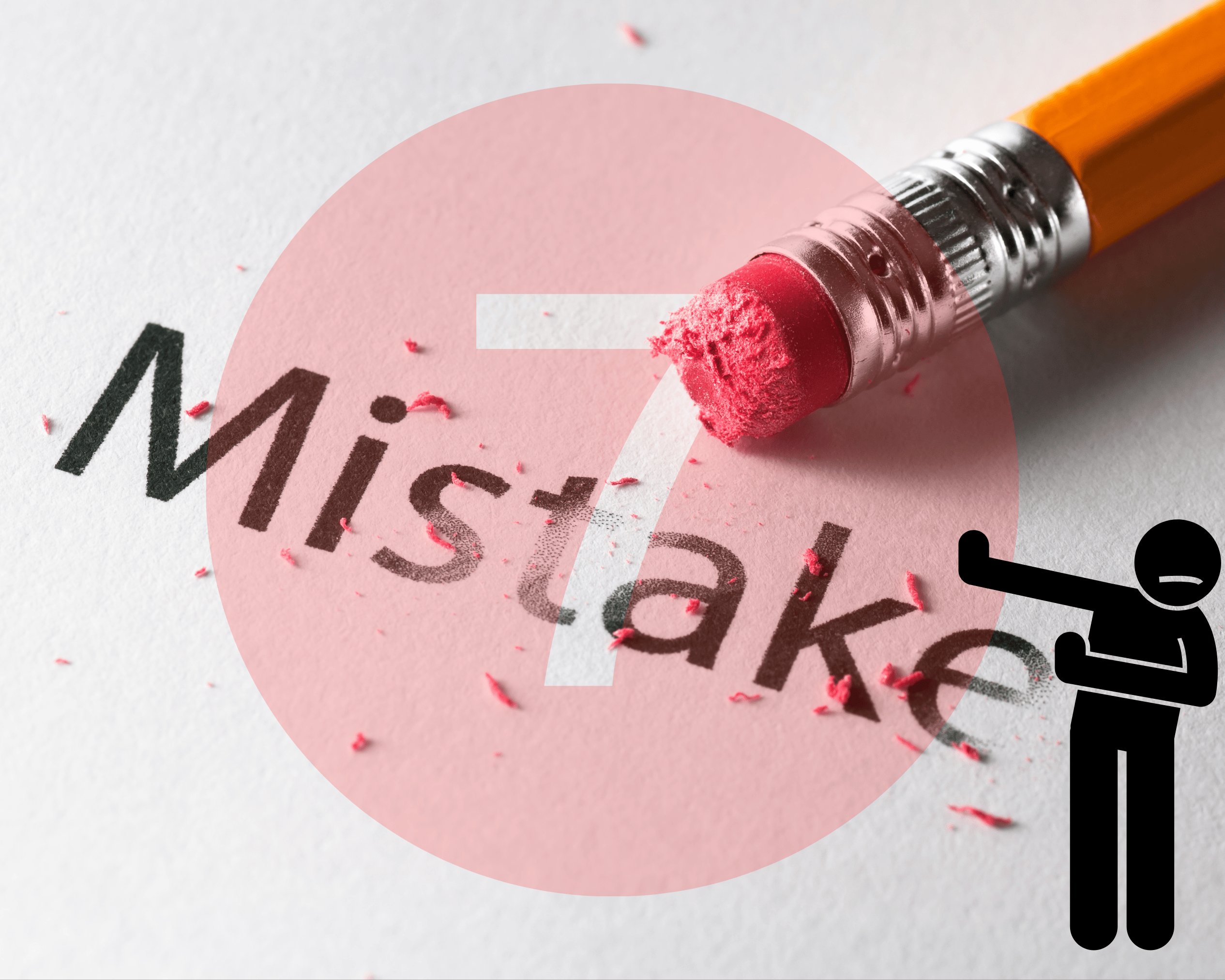Business Acquisition vs Startup: Which Path to Choose?
Choosing between buying an existing business or starting your own is a big decision. Here's a quick breakdown to help you decide:
-
Acquisition Pros: Immediate revenue, established systems, existing customers, and lower risk compared to startups. However, it requires a high upfront cost and may involve integration challenges.
-
Startup Pros: Full creative control, flexibility to innovate, and better suited for emerging markets. But it comes with higher risk, delayed profits, and the challenge of building everything from scratch.
Quick Comparison
| Aspect | Acquisition | Startup |
|---|---|---|
| Time to Revenue | Immediate | 2-3 years on average |
| Customer Base | Already established | Starts at zero |
| Risk Level | Moderate (proven model) | High (unproven model) |
| Decision Freedom | Limited by existing structure | Full autonomy |
| Financial Needs | High upfront cost | Gradual funding rounds |
Your choice depends on your goals, risk tolerance, and financial resources. Acquisitions offer stability, while startups provide freedom to innovate. Read on for more details to help you make an informed decision.
Business Acquisition vs Startup: Core Differences
Time to Market, Risk Levels, and Decision Rights
The differences between acquisitions and startups are clear when it comes to market entry speed and risk. For example, Walmart's 2016 purchase of Jet.com gave them an immediate market presence, while startups often need 2-3 years to reach product-market fit [3].
Risk levels vary too. Acquisitions may seem safer but come with their own challenges. Facebook's $19 billion purchase of WhatsApp in 2014 faced unexpected regulatory and data privacy issues [4]. This shows that even established businesses aren't immune to integration risks.
Decision-making authority also sets the two paths apart. Take Amazon's 2017 acquisition of Whole Foods: integrating Amazon's data-driven methods with Whole Foods' existing culture proved challenging [5]. Startup founders, on the other hand, have full control over shaping their company's culture and strategy. Entrepreneurs pursuing acquisitions must work within existing systems, balancing control with adaptation - an issue closely tied to operational choices, which we'll dive into next.
Existing Systems vs New Development
Operationally, acquisitions and startups follow very different paths. The choice between leveraging an existing system or building from scratch affects efficiency and scalability. For instance, Microsoft used LinkedIn's existing infrastructure after acquiring it, though updates were necessary [6].
| Aspect | Acquisition | Startup |
|---|---|---|
| Time to Revenue | Immediate | 2-3 years on average |
| Customer Base | Already established | Starts at zero |
| Risk Level | Moderate (proven model) | High (unproven model) |
| Decision Freedom | Limited by existing structure | Full autonomy |
Financial predictability also differs. Salesforce's $15.7 billion acquisition of Tableau in 2019 came with clear revenue forecasts based on past performance [8]. In contrast, startups face uncertain financial outcomes, making accurate forecasting a challenge.
Customer acquisition costs highlight another critical difference. Startups must build their customer base from scratch, while acquisitions offer instant access to existing clients. A great example is Unilever's $1 billion acquisition of Dollar Shave Club in 2016, which gave them immediate access to over 3 million subscribers [7]. These factors show why aligning your approach with your priorities - like the need for scalability or creative freedom - is so important.
Benefits and Drawbacks of Each Option
Why Choose Acquisition
Acquiring an existing business can deliver immediate revenue, thanks to its established customer base and cash flow. Banks often favor acquisitions, offering loans that cover up to 90% of the purchase price because these businesses typically carry less risk [7].
With acquisitions, you gain access to existing infrastructure - such as operational systems, supplier networks, and trained staff - saving time and effort. Historical data makes financing easier, and you can skip the lengthy startup phase. Plus, there's no need to validate the market or build brand recognition from scratch [1][2].
Why Choose a Startup
Starting your own business means you have full control over its direction, values, and culture. While the initial investment might be lower than acquiring a business, the road to profitability can take longer [5].
Startups thrive in emerging markets where new ideas can lead to success. They aren't tied to outdated systems or practices, allowing for quick pivots when needed. However, building brand awareness and earning customer trust from the ground up can be challenging. This freedom to innovate is particularly appealing in tech-driven industries.
Common Problems to Consider
Each path comes with its own set of challenges:
| Challenge Type | Acquisition | Startup |
|---|---|---|
| Financial | High upfront costs, inherited debt | Multiple funding rounds, delayed profits |
| Operational | System integration issues | Developing processes from scratch |
| Human Resources | Resistance from existing employees | Attracting talent without a track record |
| Market Position | Risk of a negative reputation | Establishing a presence from zero |
Acquisitions can uncover unexpected liabilities or require costly system updates [9][2]. Cultural differences and resistance from current employees can complicate integration [2]. These challenges, whether financial or operational, directly impact funding strategies - an area we’ll explore next.
Money Requirements and Funding Sources
How to Fund Your Choice
The financial approach you take will depend on the risk and capital demands of your chosen path:
Acquisitions often require a larger upfront investment, typically between $250,000 and $500,000 for small businesses [1][5].
| Funding Source | Key Features | Typical Amount |
|---|---|---|
| Seller Financing | Offers flexible terms and reduces initial costs | Depends on agreement |
| Bank Loans | Traditional option, requires collateral | Based on valuation |
| Private Equity | Suitable for larger deals, involves external investors | Deal-specific |
For startups, equity financing is a common route. Venture capitalists and angel investors provide funding in exchange for ownership stakes. Crowdfunding can also be a useful tool, as it not only raises funds but also gauges market interest [2].
When to Expect Profits
Funding requirements aren’t the only thing that varies - timelines for profitability differ too:
Acquisitions maintain existing cash flow but often experience 6-12 months of profit fluctuations during the transition to new ownership [8].
Here’s how metrics differ based on the stage of the business:
| Metric Type | Acquisition Focus | Startup Focus |
|---|---|---|
| Key Metrics | EBITDA, Revenue Growth | Burn Rate, Runway |
| Customer Metrics | Acquisition Cost | Acquisition Cost |
| Performance | Working Capital Ratio | Month-over-Month Growth |
| Risk Measures | Debt-to-Equity Ratio | Break-Even Timeline |
It’s wise to keep 20-30% extra capital on hand for unexpected expenses. Economic downturns can tighten bank lending but may open doors for acquisitions through distressed assets. Startups, meanwhile, may find venture capital harder to secure during such periods.
sbb-itb-a3ef7c1
How to Make Your Choice
Assessing Your Risk Comfort and Skills
Once you've reviewed your financial needs and timelines, it's important to match your choice with your skills and market conditions. Risk assessment tools can help gauge your comfort level with financial risks by asking targeted questions. This step is especially important since acquisitions often need more upfront capital but tend to provide steadier returns [1].
Think about your expertise in these areas:
| Skill Area | Acquisition Focus | Startup Focus |
|---|---|---|
| Financial Management | Crucial (Due Diligence) | Useful (Budgeting) |
| Operations | Necessary (Day 1 Ready) | Can Develop Gradually |
| Leadership | Immediate Requirement | Evolves Over Time |
| Industry Knowledge | Essential | Can Be Learned |
| Change Management | High Priority | Less Emphasis |
Understanding Market Trends and Timing
Market conditions play a big role in determining whether to acquire or start fresh. Industry-specific volatility can create opportunities for both options. Combine these insights with financial data and examples to decide the right timing.
Here are some key market indicators to consider:
| Indicator | Best for Acquisition | Best for Startup |
|---|---|---|
| Industry Stage | Established | Growing |
| Competition | High Entry Barriers | Low Market Saturation |
Tools and Checklists for Decision-Making
A weighted scoring system can help you make a more objective decision. Use this decision matrix to weigh your priorities:
| Decision Factor | Weight | Acquisition Score (1-10) | Startup Score (1-10) |
|---|---|---|---|
| Financial Risk | 30% | ||
| Time to Market | 25% | ||
| Control Level | 20% | ||
| Growth Potential | 15% | ||
| Personal Fit | 10% |
Before finalizing your choice, ask yourself these questions:
-
Does it align with your long-term goals? Will either option help you achieve your 10-year professional objectives?
-
Does your timeline match market conditions? Are you aiming for immediate results or willing to play the long game based on market cycles?
-
What does the market favor right now? Is it better to buy an established operation or start something entirely new?
Buying an Existing Business vs Starting a new one
Next Steps: Making Your Decision
Here's how to move forward based on your chosen path:
For acquisitions:
-
Check out platforms like Clearly Acquired for verified business listings and Tools.
-
Look into SBA loan programs to secure funding for your purchase.
-
Start your due diligence process with detailed, standardized checklists.
For startups:
-
Create a comprehensive business plan with guidance from SCORE mentorship programs.
-
Build a Minimum Viable Product (MVP) through resources like Y Combinator's Startup School.
-
Connect with angel investor networks to secure early-stage funding.
-
Test your idea through market validation.
No matter your choice, make sure these steps align with your earlier priorities - such as your risk tolerance, available resources, and growth timeline.
Building a strong support network is also key. Groups like Entrepreneurs' Organization (EO) and Young Presidents' Organization (YPO) can connect you with seasoned professionals who’ve been in your shoes.
Set clear 90-day goals:
-
Acquisition path: Finalize target criteria, complete initial due diligence, and secure financing.
-
Startup path: Validate market demand, develop a prototype, and obtain initial funding.
Keep track of your weekly progress. Regularly refer to your decision matrix to ensure your actions stay aligned with your priorities - whether that’s managing financial risk, maintaining control, or focusing on growth potential.





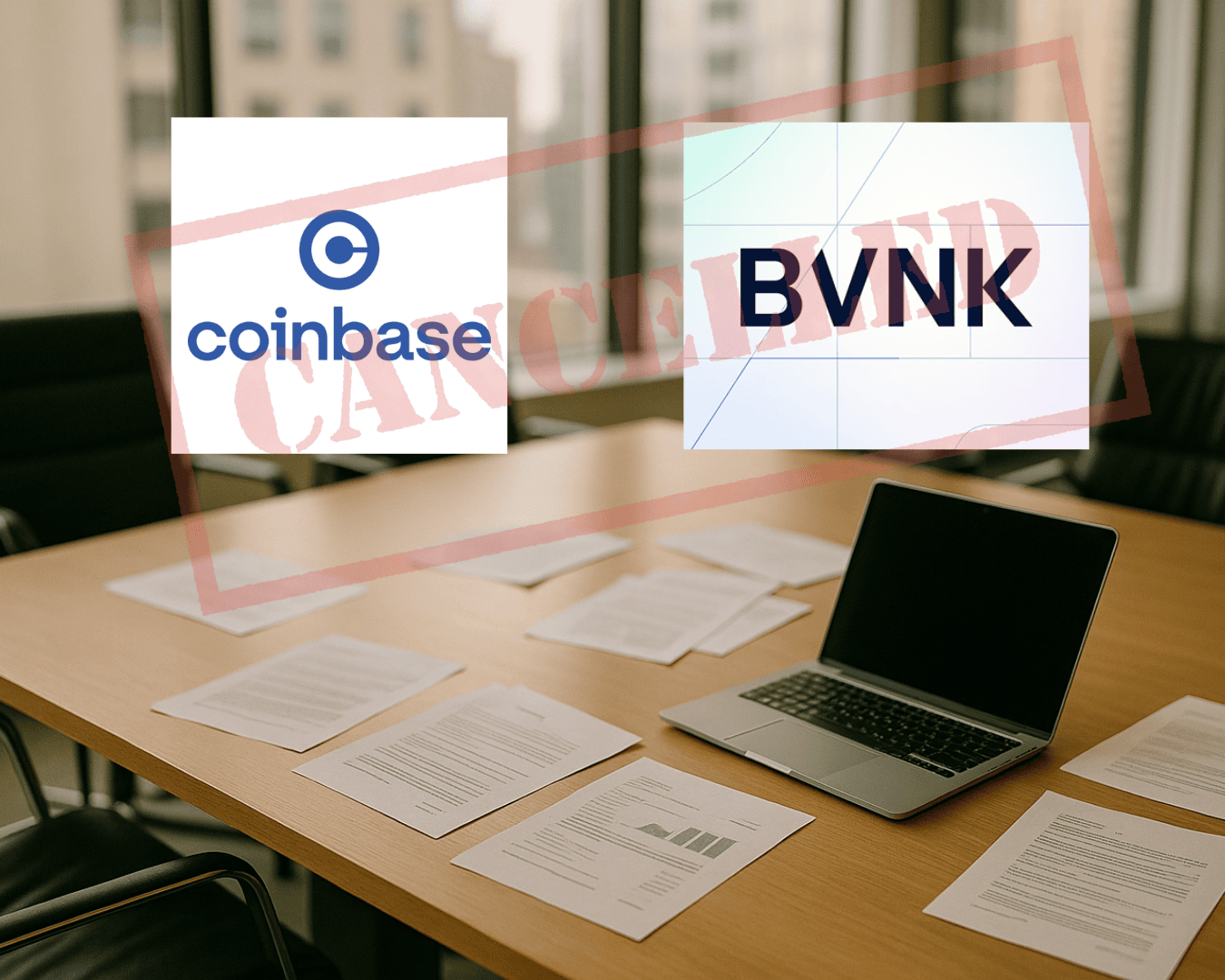









.png)

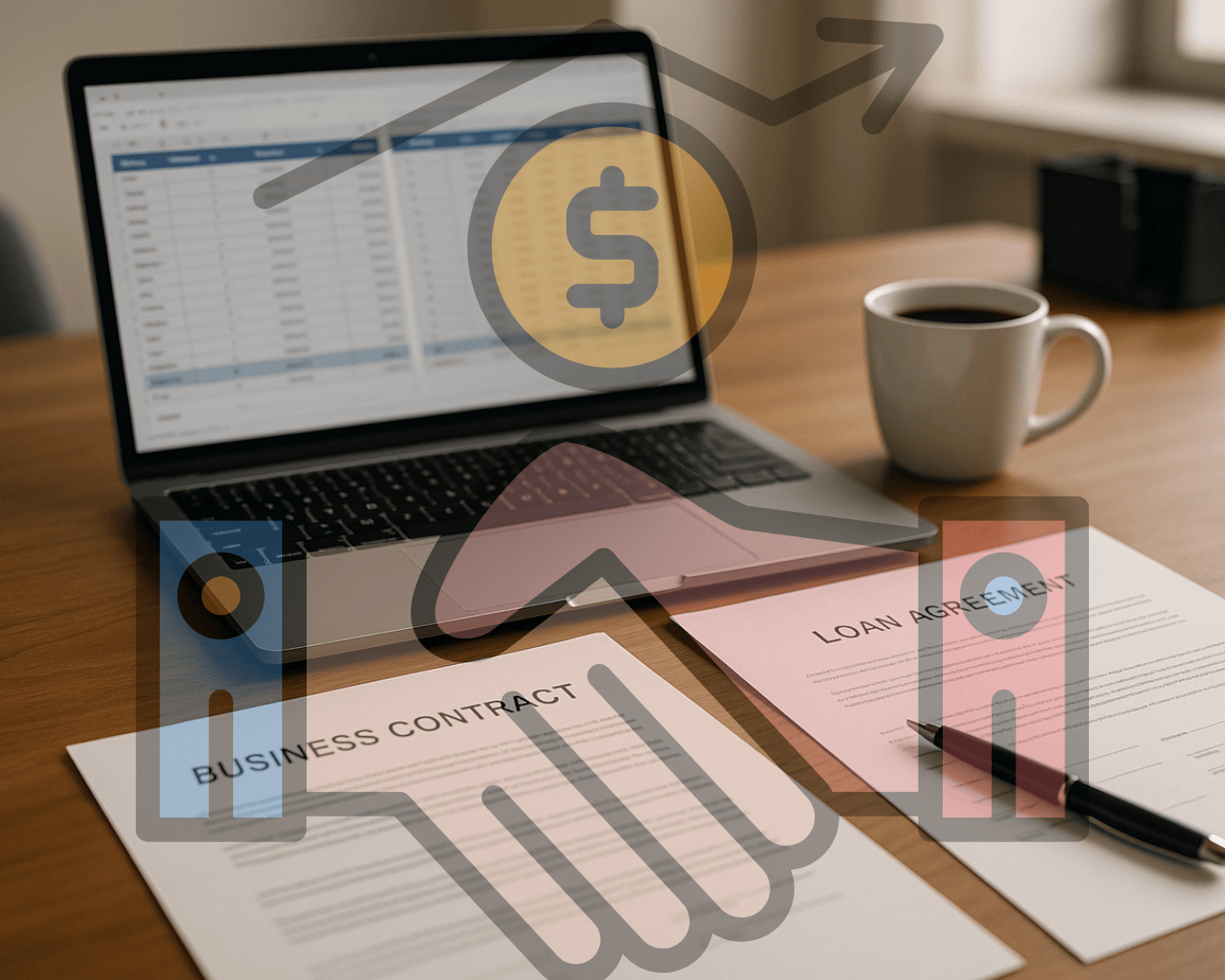


























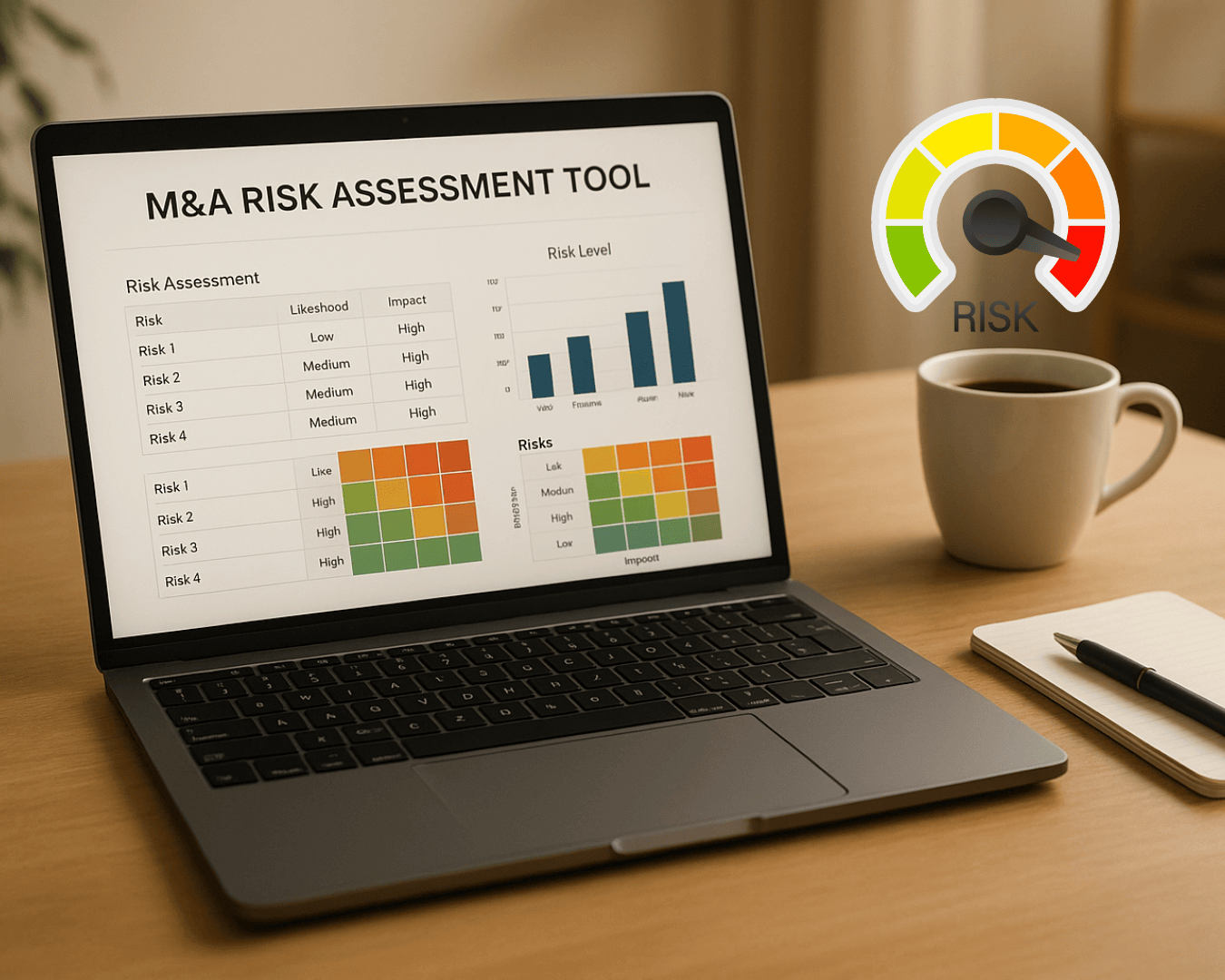

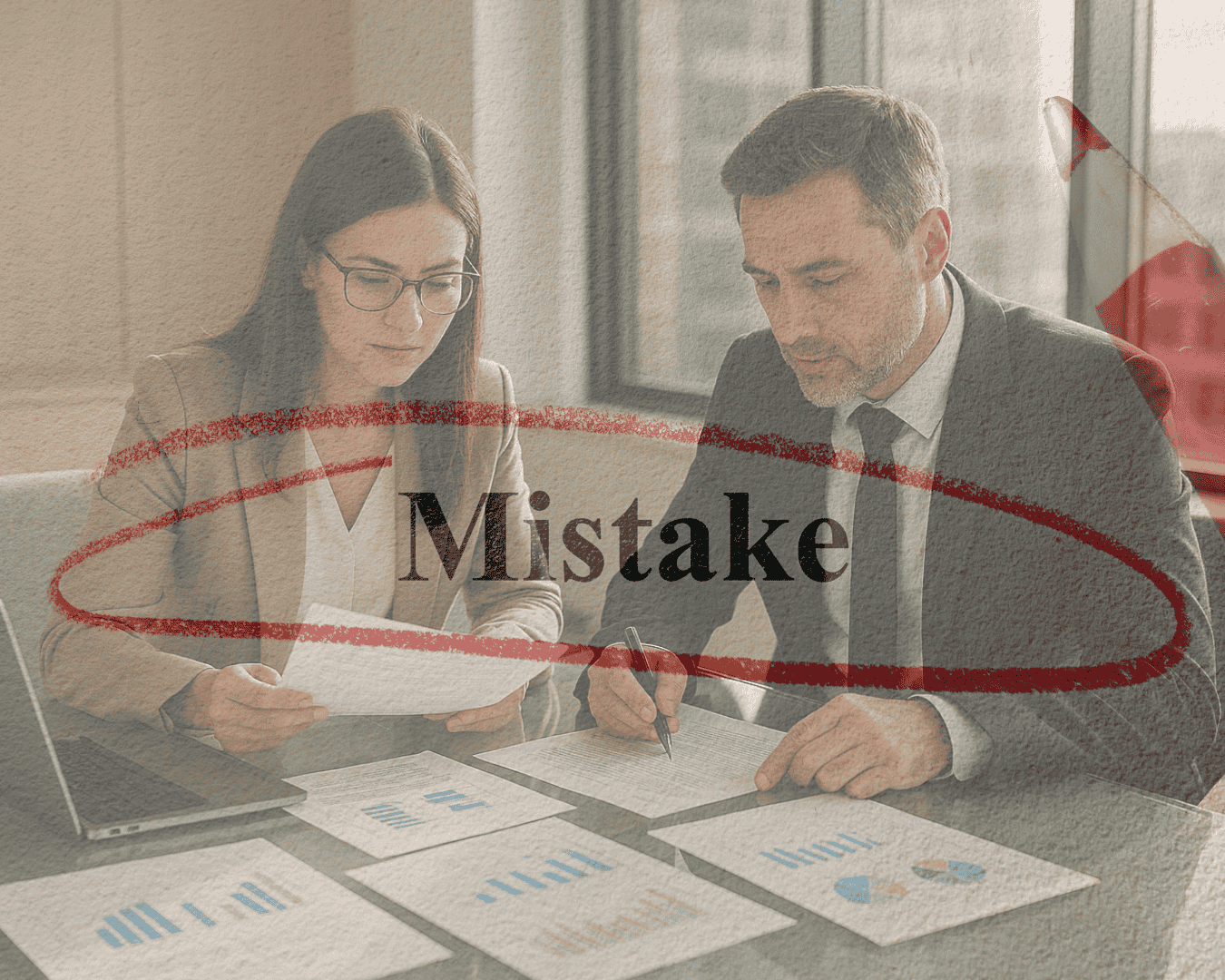









%20Loan%20Application%20Checklist.png)
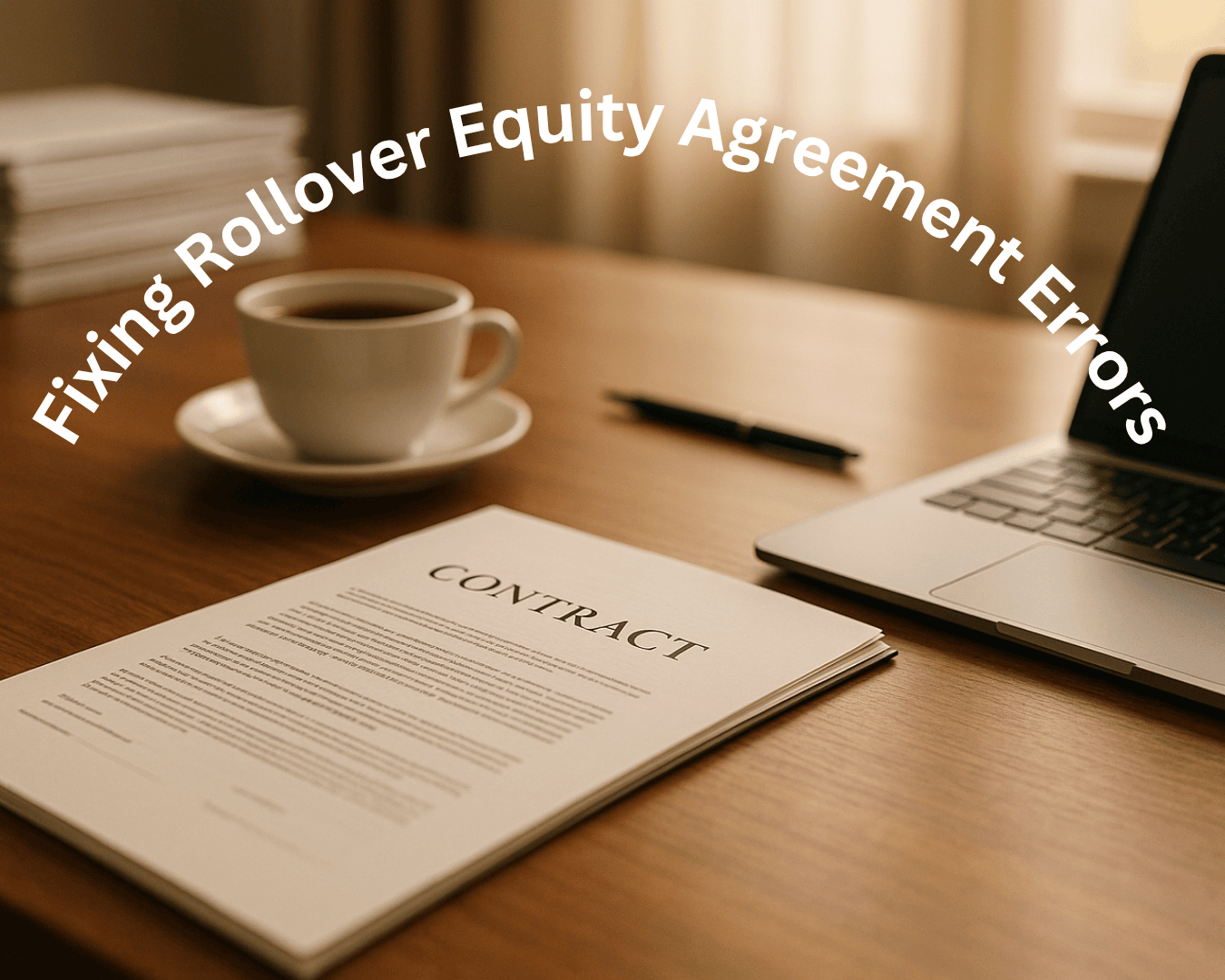
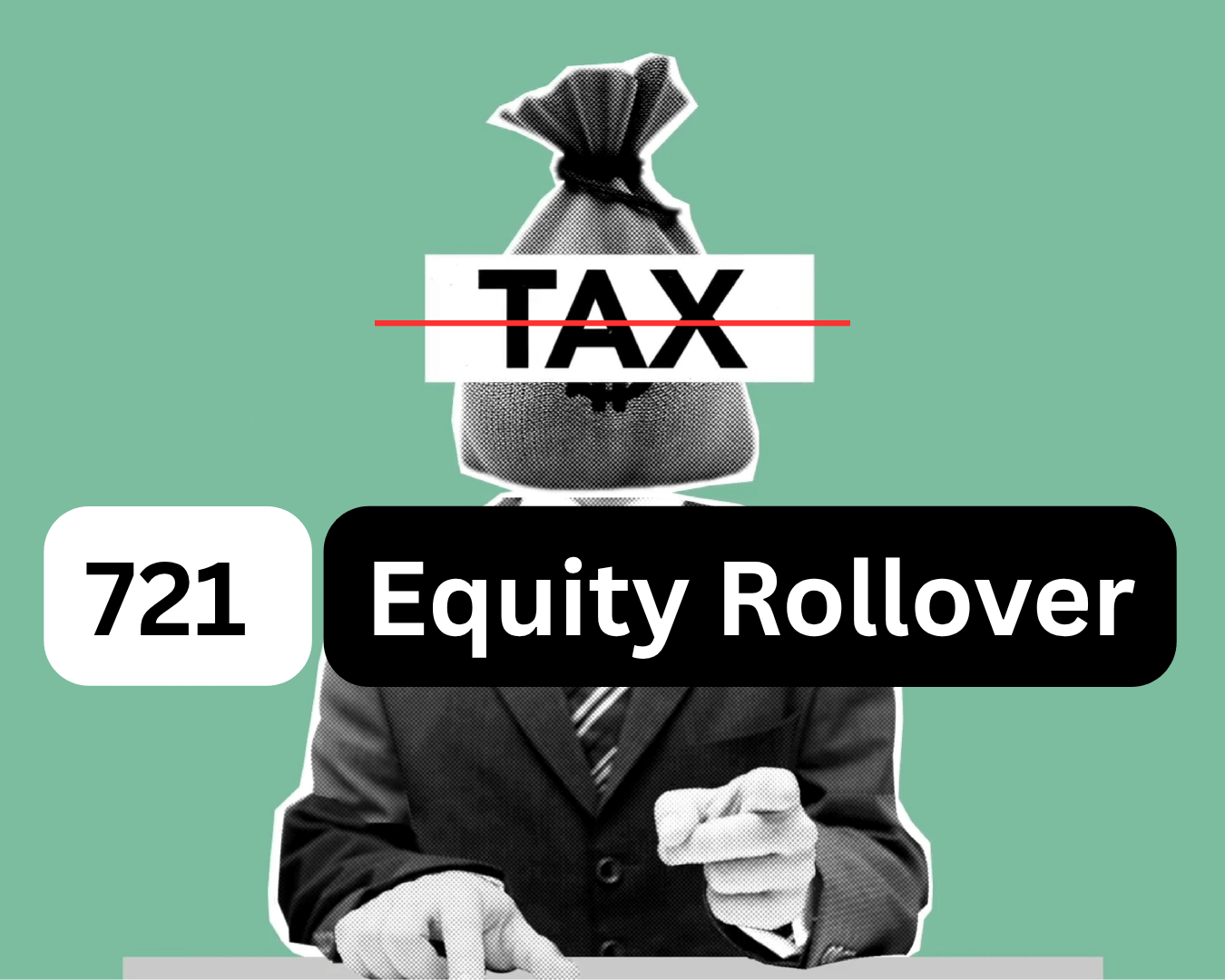















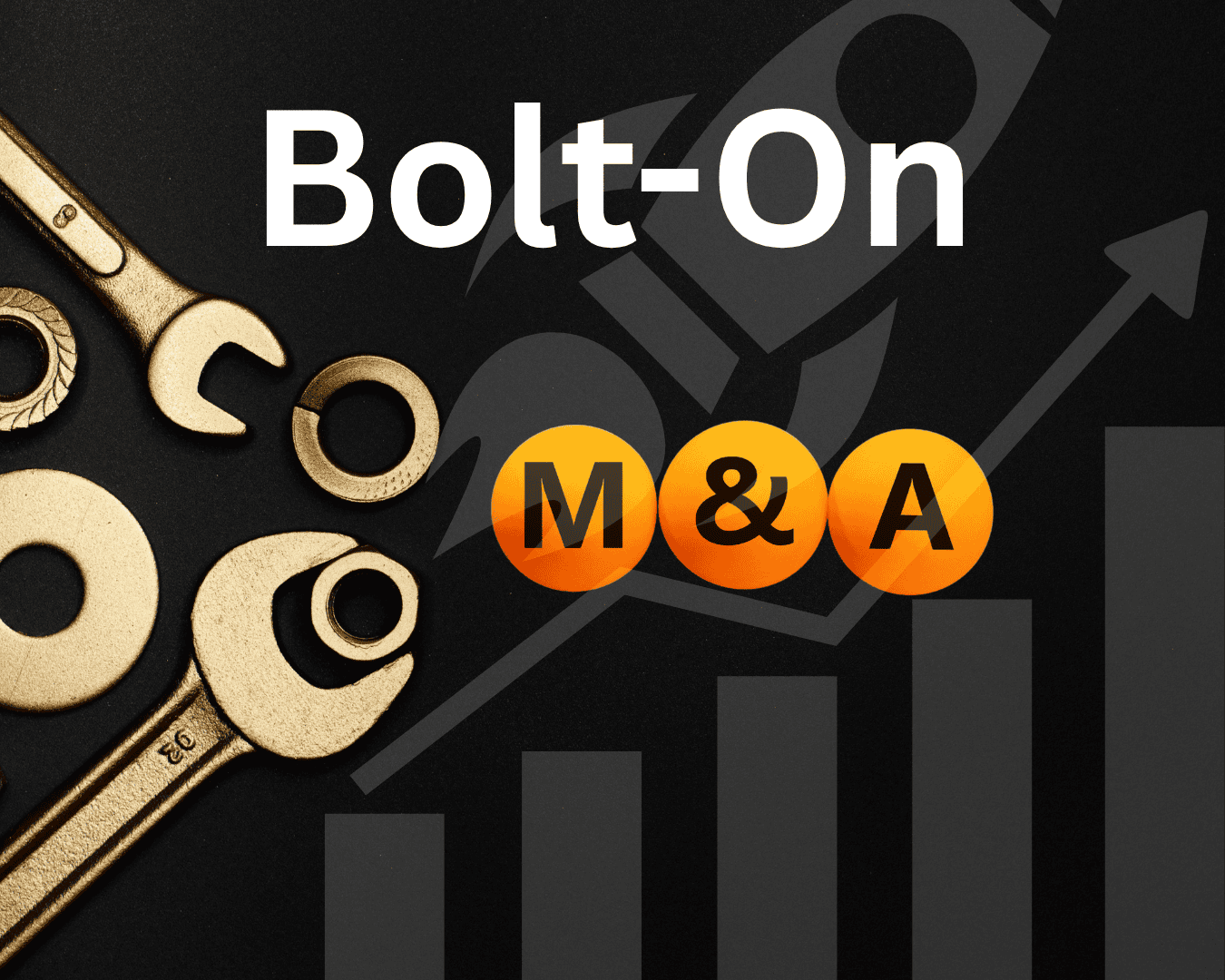


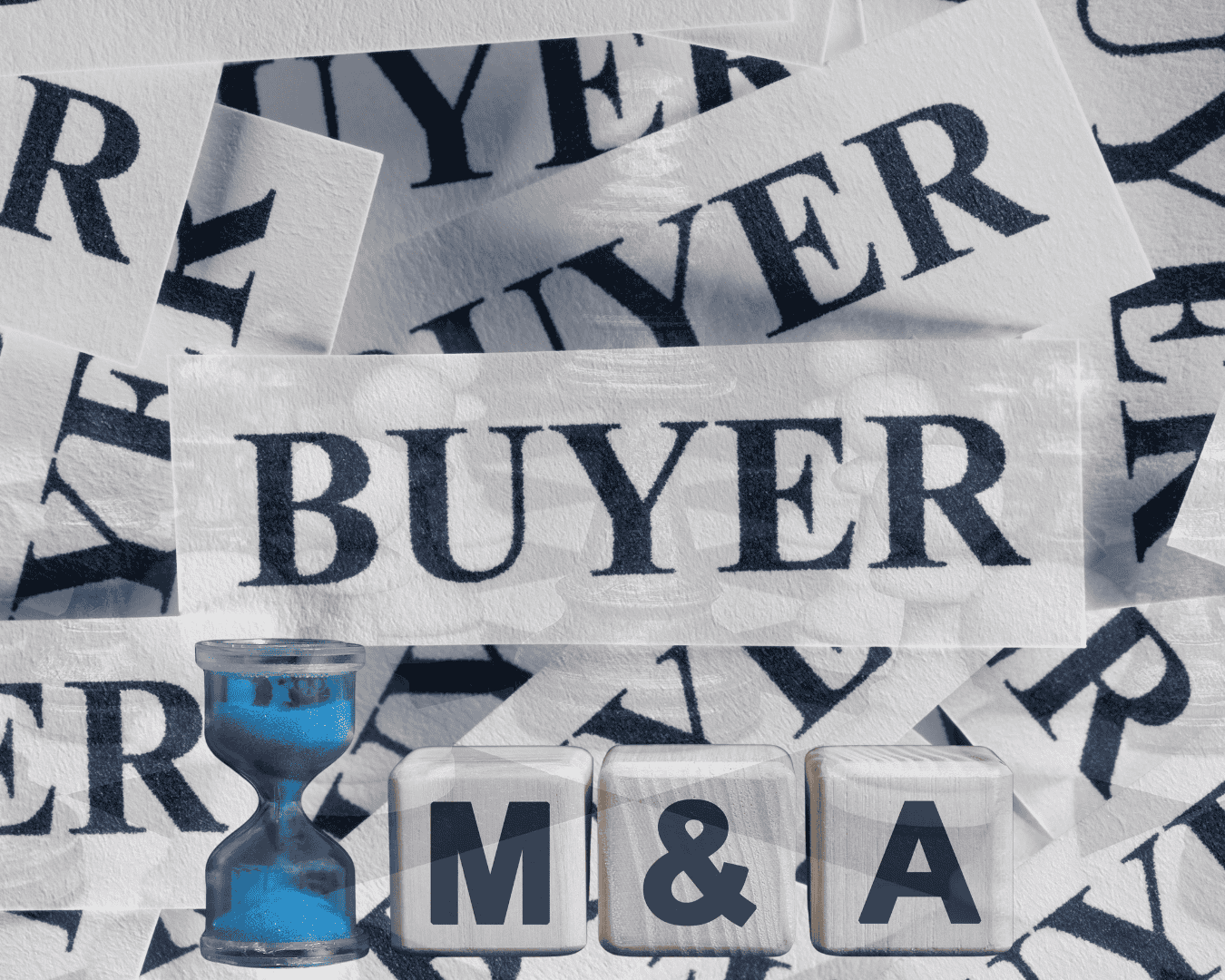









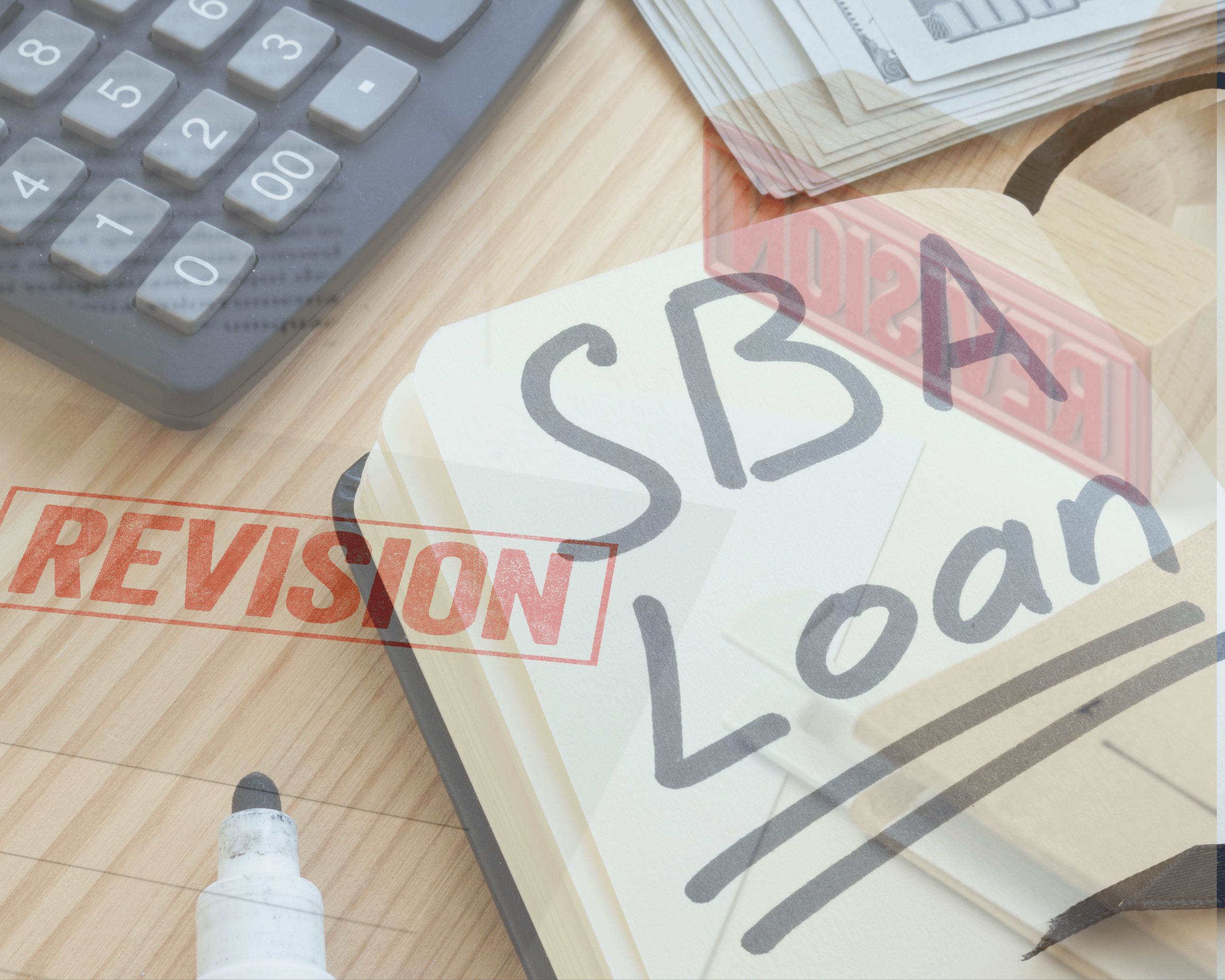








.png)
%20Loans%20%26%20Your%20Buy-Side%20Edge.png)



